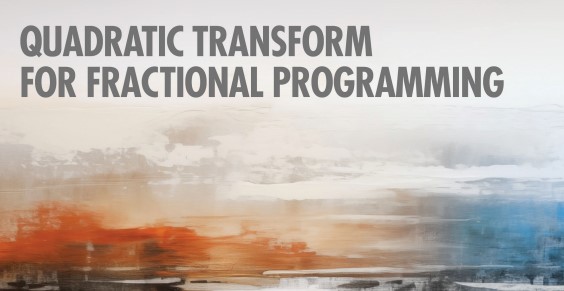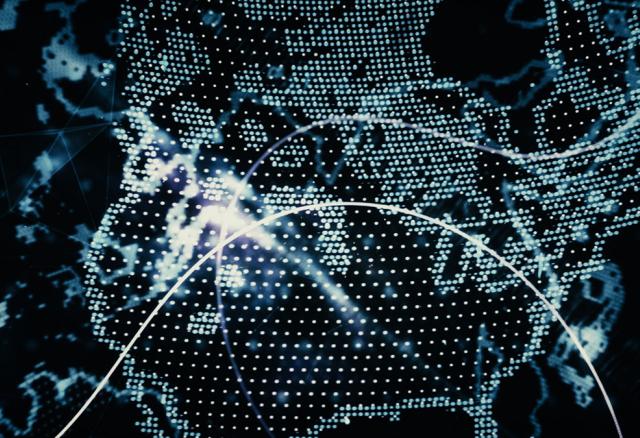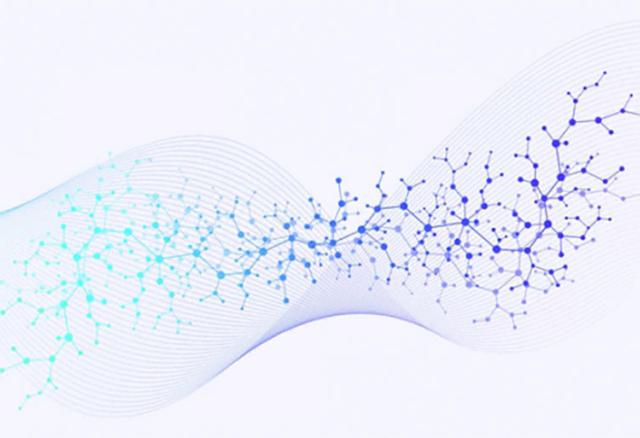
- Home
- Publications & Resources
- IEEE Signal Processing Magazine


CURRENT ISSUE

CURRENT ISSUE
March 2023
Reaching Out to Members in the Middle East and India
As I am writing this article, I am wrapping up a trip as IEEE Signal Processing Society (SPS) president to Doha, Qatar (9–11 January), to speak at the 2022 IEEE Spoken Language Technology (SLT) Workshop, and India (12–16 January), for technical talks and meetings with local signal processing researchers and SPS local Chapter chairs.
Physics-Guided Terahertz Computational Imaging: A tutorial on state-of-the-art techniques
Visualizing information inside objects is an everlasting need to bridge the world from physics, chemistry, and biology to computation. Among all tomographic techniques, terahertz (THz) computational imaging has demonstrated its unique sensing features to digitalize multidimensional object information in a nondestructive, nonionizing, and noninvasive way.
January 2023
The Magical Art of Technical Presentations
At the time of publication, all of the links in this article were operational. However, since we do not host the videos, we have no control over whether or not they will continue to be active. In many cases, similar or related videos can be found by typing the performer’s name in an appropriate search engine.
Beginning a Special Year for Our Society
First, I would like to wish you and your loved ones a nice new year filled with health and happiness. The last few years have been challenging for various reasons: the COVID-19 pandemic, climatic events, and the war in Ukraine, to name a few. It seems impossible to be able to stop the megalomania and madness of some human beings.
Learning Nonlocal Sparse and Low-Rank Models for Image Compressive Sensing: Nonlocal sparse and low-rank modeling
The compressive sensing (CS) scheme exploits many fewer measurements than suggested by the Nyquist–Shannon sampling theorem to accurately reconstruct images, which has attracted considerable attention in the computational imaging community. While classic image CS schemes employ sparsity using analytical transforms or bases, the learning-based approaches have become increasingly popular in recent years. Such methods can effectively model the structure of image patches by optimizing their sparse representations or learning deep neural networks while preserving the known or modeled sensing process.




